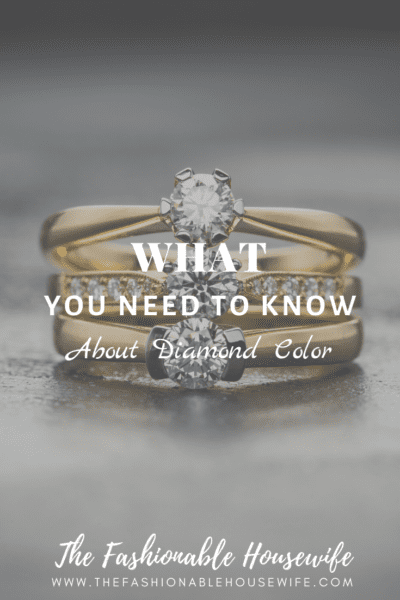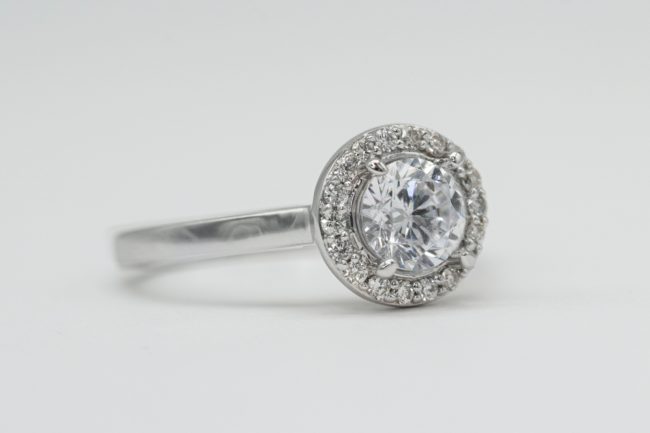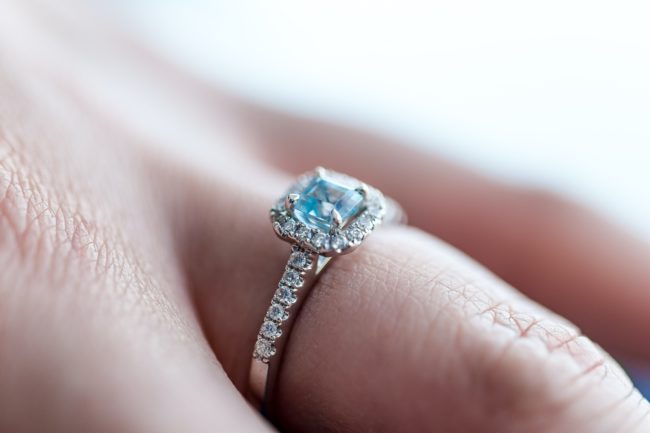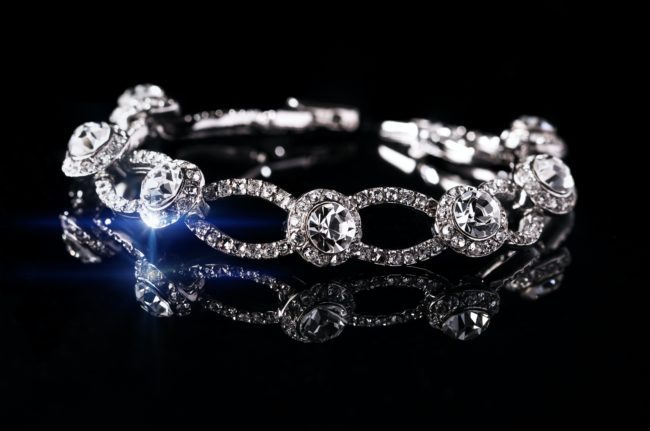
When it comes to the appearance of a diamond, its color happens to be among the most important determinants. Many people typically assume that most if not all diamonds are white, or better yet, colorless. But how true is this? Here’s a few things you need to know about diamond color:
Quick Diamond Grading and Certification Overview
Where diamond grading and certification are concerned, the world automatically turns to GIA and AGS certification. While the two are different in terms of how they grade the diamonds, they are the most commonly used and relied upon methods.
For GIA (Gemological Institute of America), the grading chart uses the letters D to Z. In the case of AGS (American Gem Society), it uses the numbers 0 to 10. Despite using different grading mechanisms, both systems place the diamonds into different diamond color ranges.
For instance, when dealing with GIA, diamonds graded as D, E, and F will appear at the top of its color grading chart. These are the stones referred to as ‘Colorless.’ They are followed by the Near Colorless range comprising of the letters G, H, I, and J.
After these are the letter grades K to Z, and which comprise of the faint to light yellow colored diamonds.

Most Common Diamond Color—What Is It?
According to the Pricescope diamond forum, when it comes to diamond color, colorless/white diamonds are the rarest. This is despite being highly sought after.
While at it, you should note that almost all diamonds tend to have a brownish or yellowish tint after mining. Given that not many people like the idea of wearing diamonds with a noticeable yellow tint, such stones aren’t common in many jewelry stores.
For this reason, the diamonds you are more likely to find in a store are those graded in the Near Colorless range. To be more specific, these are the stones in the H and I GIA diamond color grading group.

Comparing H and I Colors with Other Diamond Color Grades
Diamonds in the H and I grading group are those appearing at the center of the Near Colorless range. In terms of appearance, such diamonds won’t have visible coloration. Also, they are not as expensive as the ones appearing in the colorless grade.
It’s the sole reason why this H to I color grade is a common option for diamond buyers.
But then again, this isn’t to mean that the stones in the grading group are colorless. When placed next to diamonds appearing in the first grading group (D, E, and F), these diamonds will appear colored.
If you place them in isolation and observe them on their own, you will easily confuse them for the colorless stones. While individuals with a keen eye may spot the tint contained in the Near Colorless diamond, many people will easily overlook the difference.

Conclusion
Diamond shopping is an intricate process, especially when it’s time to choose an engagement ring. While many people will easily be carried away by the size, experts recommend focusing more on the diamond color, as opposed to the carat. Buying a colorless or near-colorless diamond of any size will be a more worthy purchase as opposed to buying a large one with a noticeable tint.



